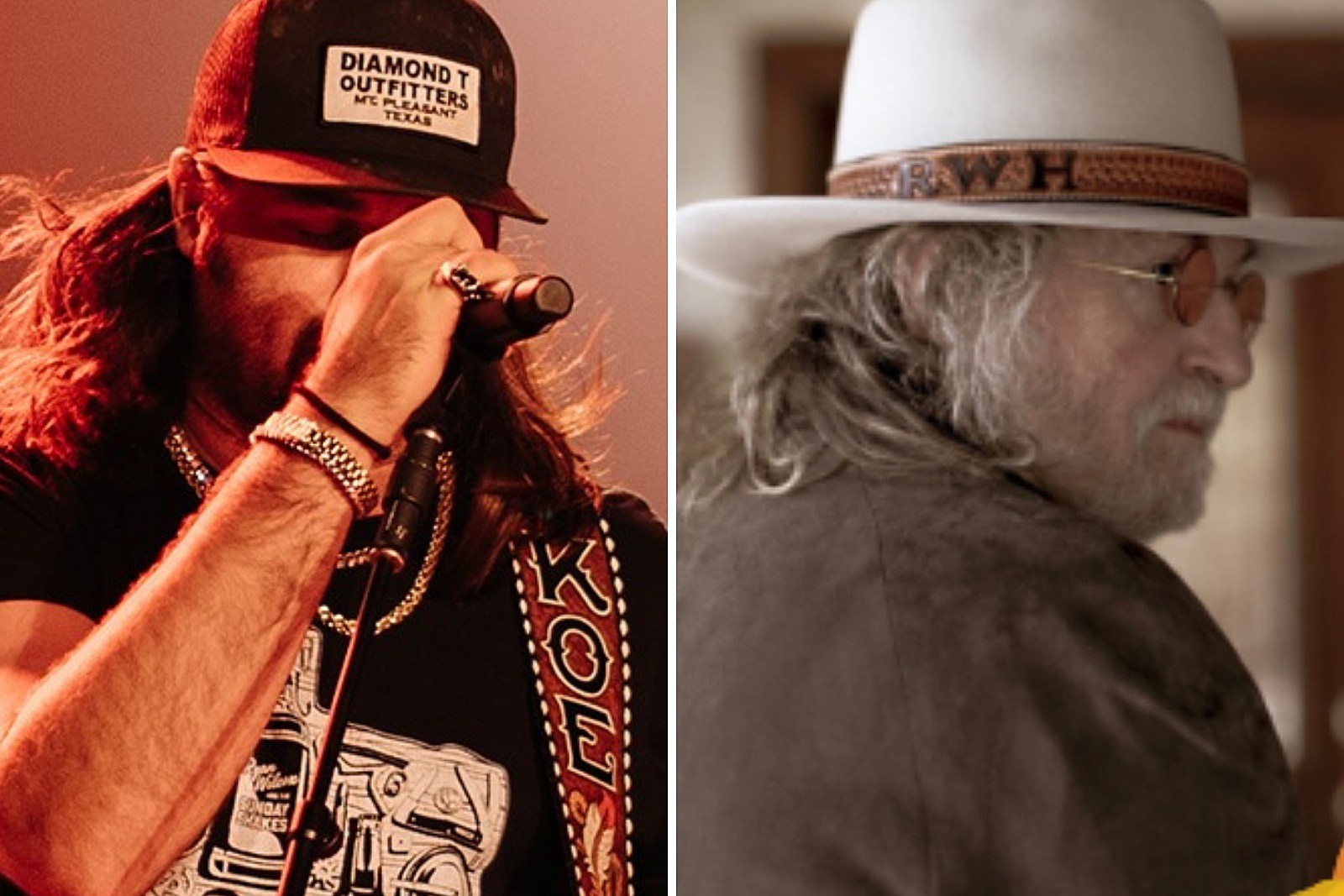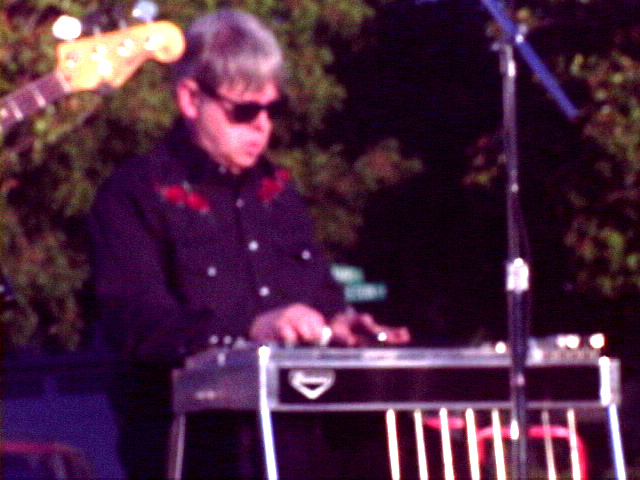
In modern American popular culture, the term hillbilly is often used interchangeably with other epithets for poor white people such as “redneck,” “cracker,” or “white trash.” But, throughout much of the twentieth century, the word hillbilly conjured a character whose geographic origins were more narrowly defined. Wrapped up with the condescension in people’s common view of the hillbilly is a trace of admiration for what they perceive as his independent spirit and his disregard for the trappings of modern society. Whether a barefoot, rifle-toting, moonshine-swigging, bearded man staring out from beneath a floppy felt hat or a toothless granny in homespun sitting at a spinning wheel and peering suspiciously at strangers from the front porch of a dilapidated mountain cabin, the hillbilly, in all his manifestations, is instantly recognizable. Despite the lack of scholarly consensus on the origin of the term-historian Anthony Harkins gives as the most likely explanation that Scottish highlanders melded “hill-folk” with “billie,” a word meaning friend or companion-there is no shortage of hillbilly images in American popular culture.



The “hillbilly” has been an enduring staple of American iconography, and Arkansas has been identified with the hillbilly as much as, if not more than, any state.


 0 kommentar(er)
0 kommentar(er)
